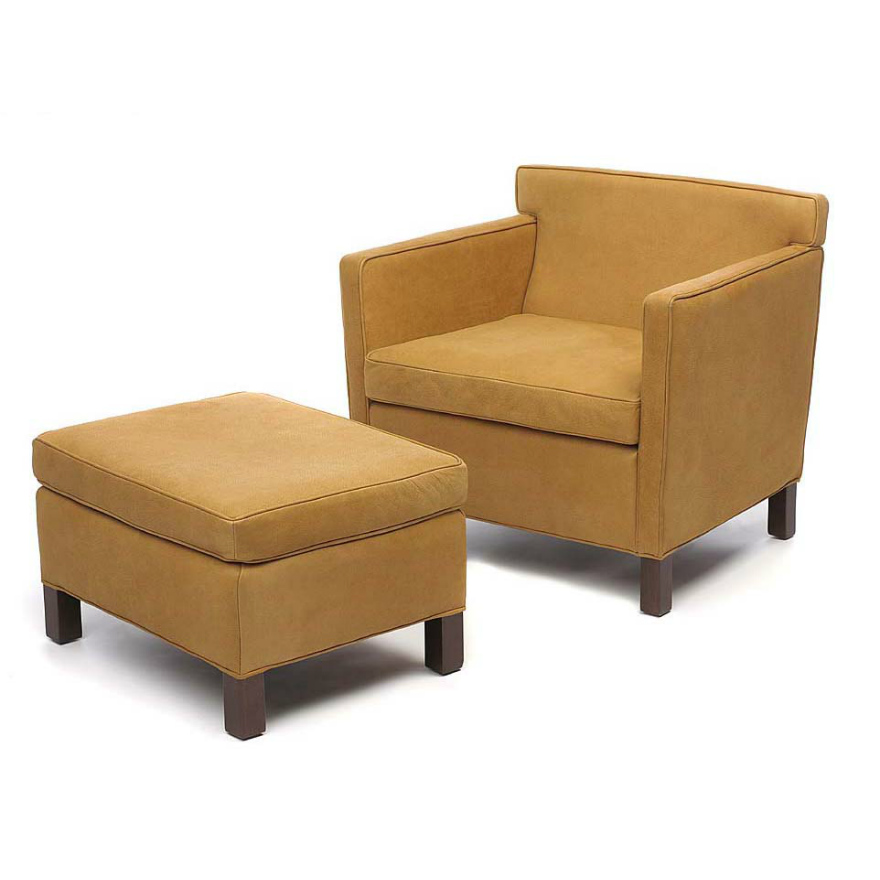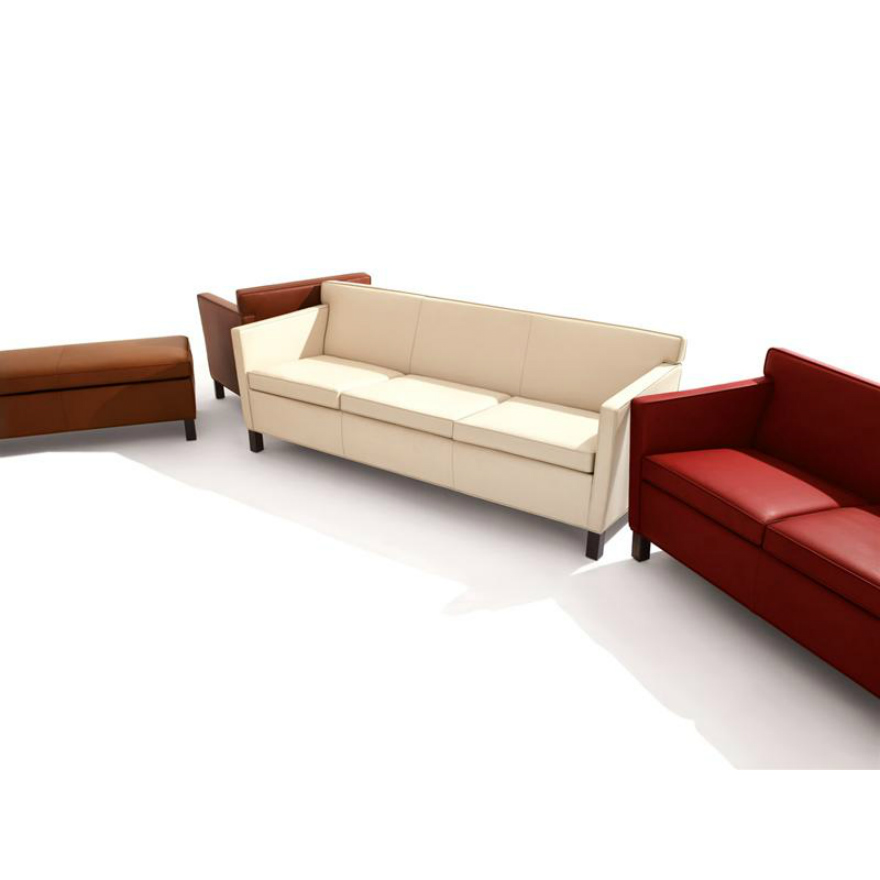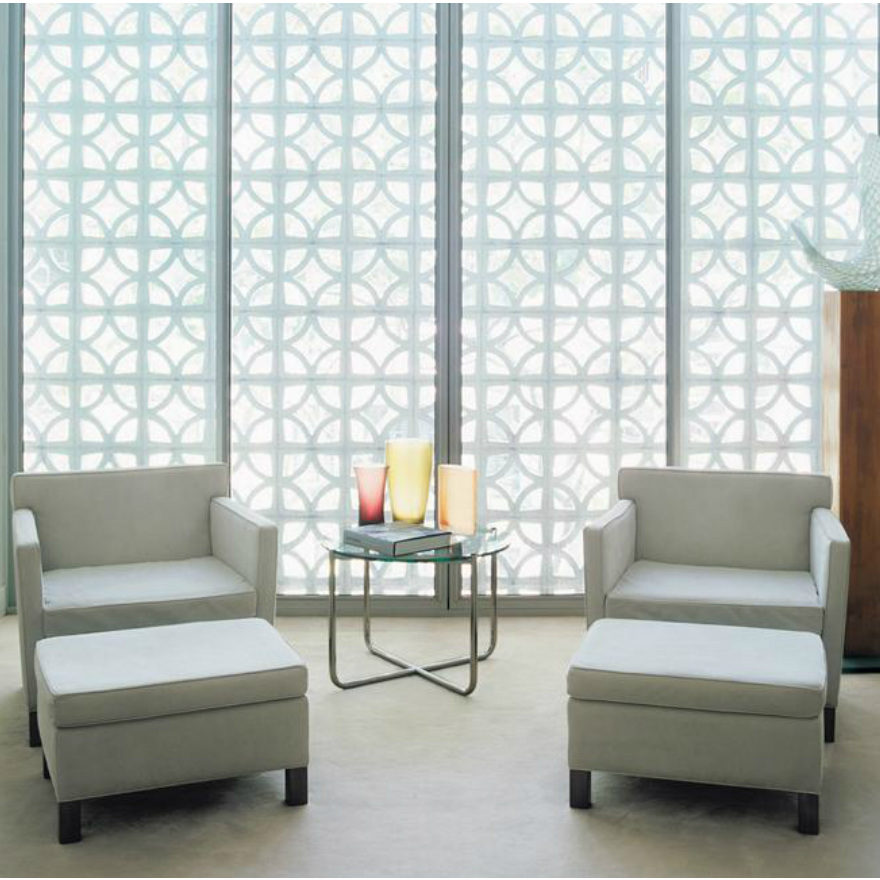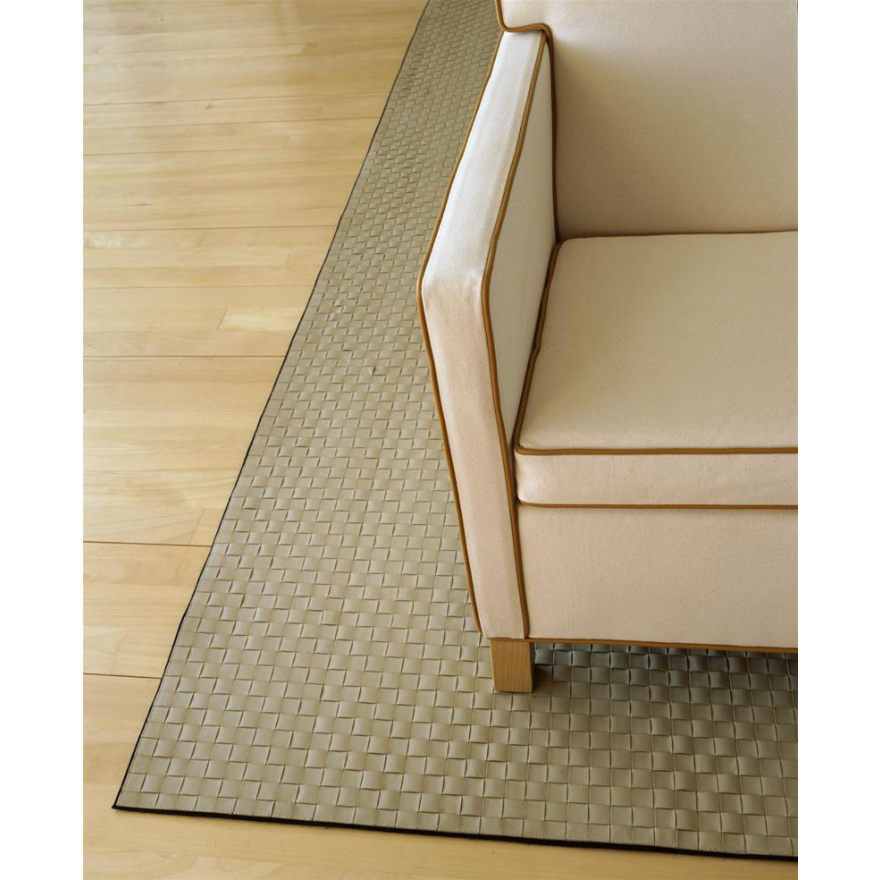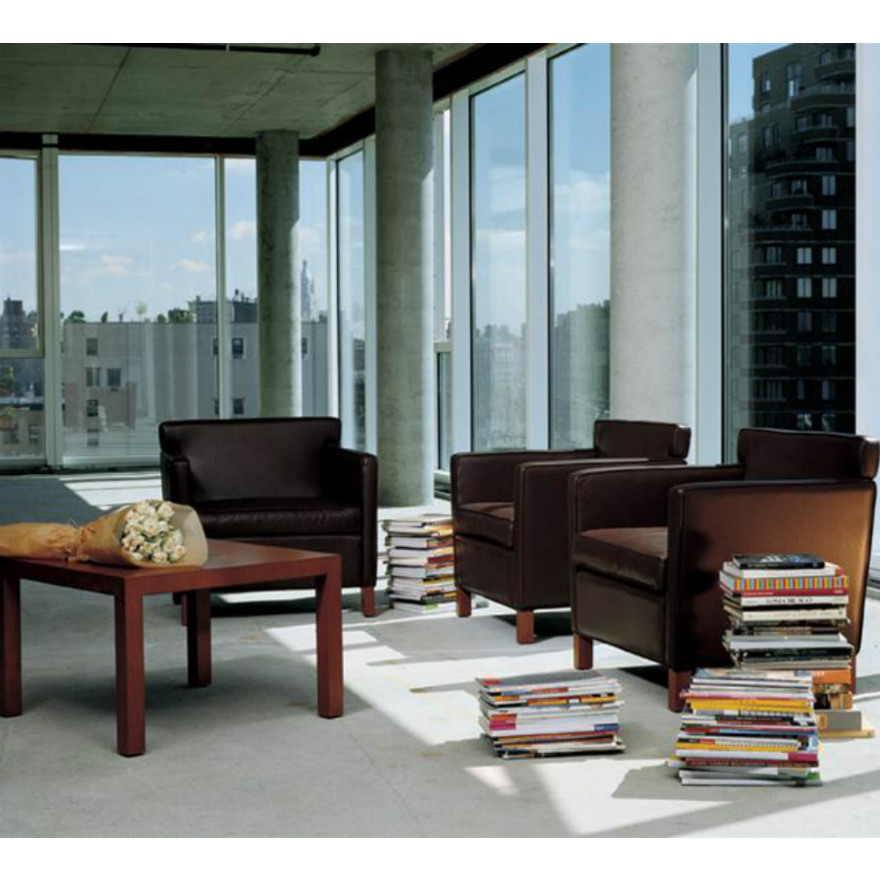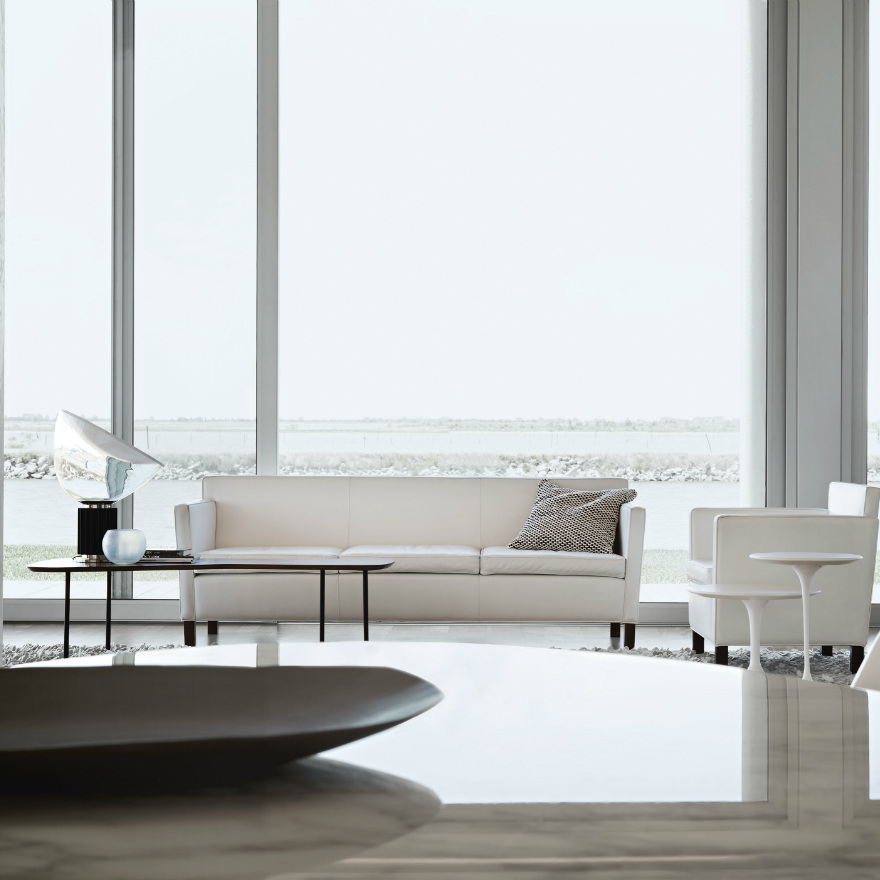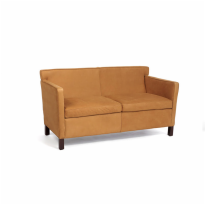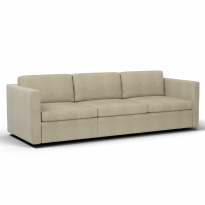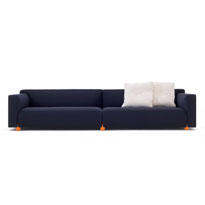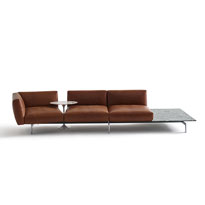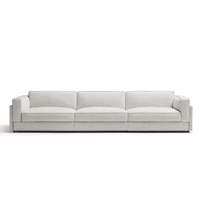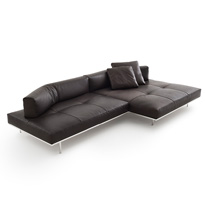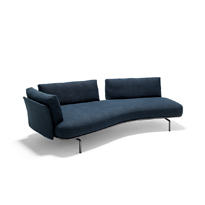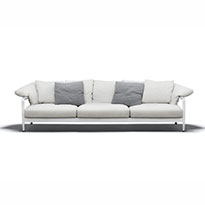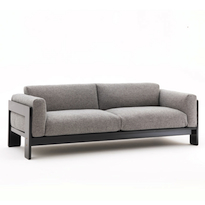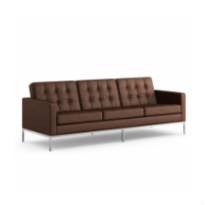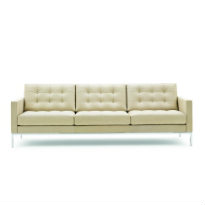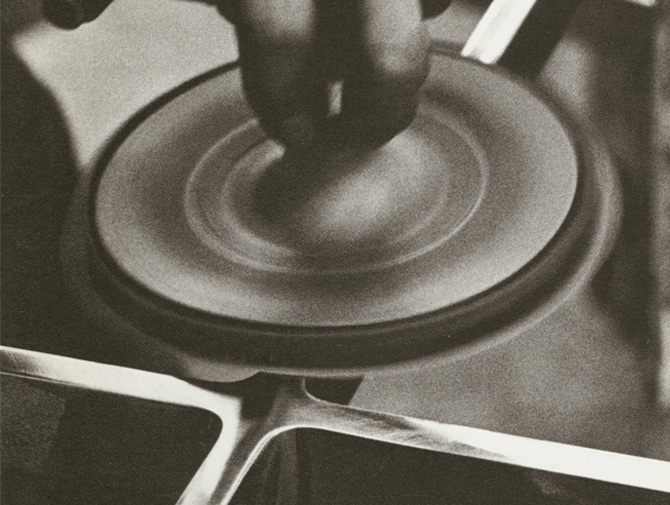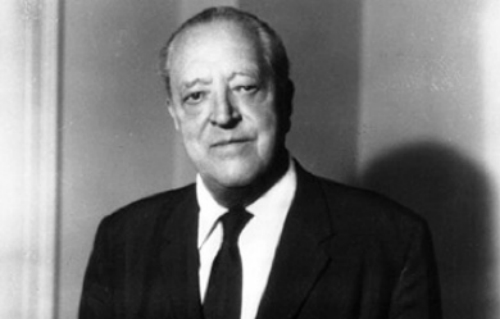Details
FEATURES
The Krefeld Collection has been produced in collaboration with the Museum of Modern Art using drawings from the Mies van der Rohe archive.
Characterised by classic detailing, clean lines and exceptional comfort, the Krefeld Collection is ideal for public spaces, reception areas, universities and hotels.
The scale of the Krefeld Collection makes it ideal for small spaces.
The collection includes a lounge chair, 2 seat sofa, 3 seat sofa and ottoman.
CONSTRUCTION
Inner frame in engineered hardwood.
Frame features coil-spring suspension for enhanced comfort.
High resilient foam cushions with Dacron top layer.
Ottoman features dual density foam for added softness.
FINISHES
Finishes on legs are natural beech or two stained beech options.
Upholstery options include a selection of fabrics and Spinneybeck leather. This product is available with foam that meets requirements for BS5852.
